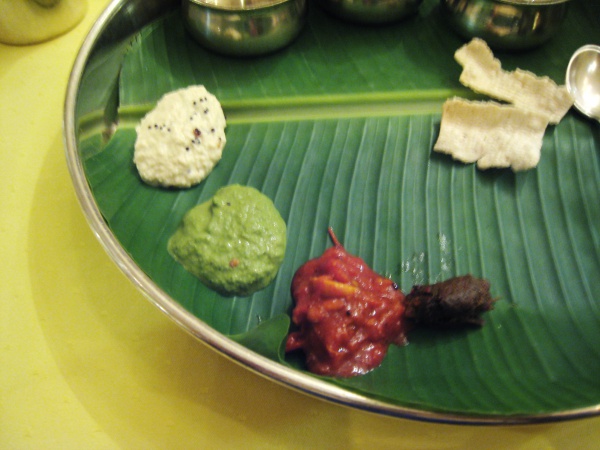Facts About Chutney
Chutney is a versatile and flavorful condiment that originates from the Indian subcontinent and plays a crucial role in Indian cuisine. It comes in various forms, including tomato relish, ground peanut garnish, yogurt-cucumber, spicy coconut, spicy onion, and mint dipping sauce. These chutneys can be freshly prepared or aged alongside pickles, pairing wonderfully with dishes like idlis and dosas. The term "chutney" derives from the Hindi or Urdu word "chaṭnī" which means "to lick" or "to eat with appetite."
Across India, chutneys are known by different names depending on the region. They might be referred to as Thogayal, Thuvayal, Roti pacchadi, Chammanthi, or Tokku. These condiments can be made from a diverse range of ingredients, including medicinal plants like ridged gourd or bitter gourd. When chutneys made their way to the Western world during the British Raj, they often featured English orchard fruits and were cooked down with sugar and vinegar, giving rise to a distinctive Western-style chutney.
Chutneys boast a rich history that dates back to 500 BC in India, where they were initially used to preserve food. The Romans and the British later adopted them. One well-known variety, Major Grey's Chutney, is believed to have been created by a British officer who spent time in India. By the 1780s, chutney had become a popular appetizer in England. The East India Company played a significant role in introducing chutneys to Europe during the 17th century.
Today, chutneys continue to be enjoyed in various forms, both in traditional Indian cuisine and in Western adaptations, celebrating their rich history and enduring appeal.

 Myanmar (Burma)
Myanmar (Burma)